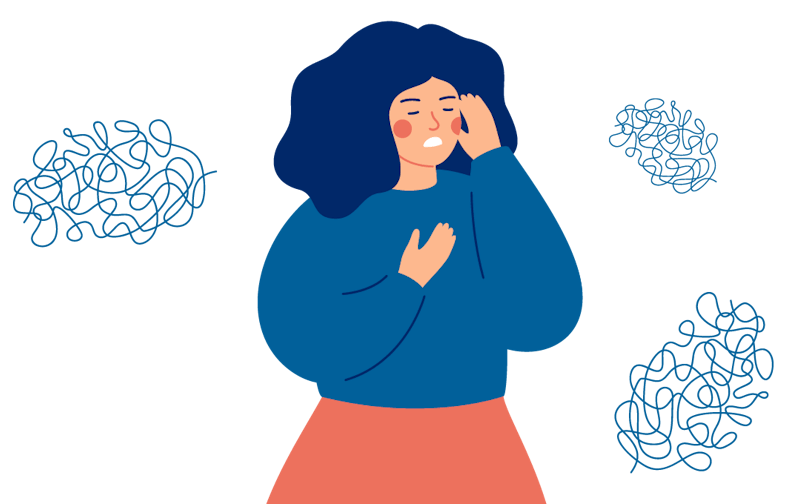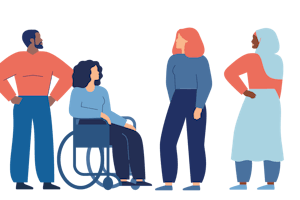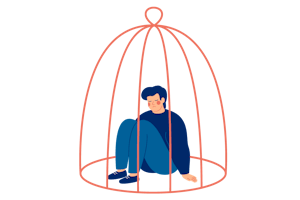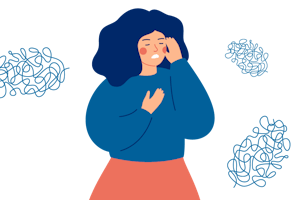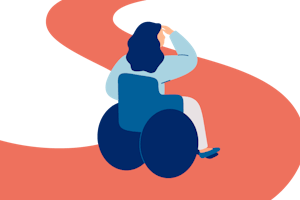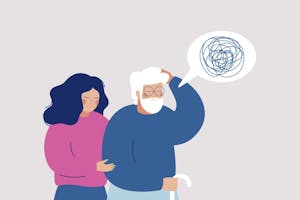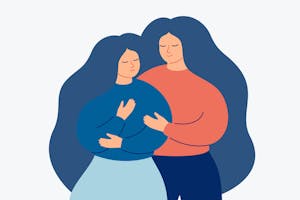About microaggression
- The behaviour is often subtle and hidden from others.
- Mainly directed against individuals in marginalized groups.
- It may seem harmless on its own. But, if used repeatedly, even several times a day, it can have severe consequences.
- Can manifest itself in the choice of words, tone of voice, body language, and attitude in general.
- It is often difficult to pinpoint or explain exactly what it is that makes the behaviour a microaggression.
Examples of microaggressions
- Staring at someone.
- Body language that shows someone is unwelcome. For example, closing a conversation group to block them.
- Facial expressions that show that the individual is not an equal.
- Assuming an individual does not speak Icelandic.
- Asking "Do you speak Icelandic?" or "Do you need an interpreter?"
- Speaking English even if the person speaks to you in Icelandic.
- Pretend not to understand the individual.
- Raising your voice so that the person understands your Icelandic better. - Name-calling.
- Using words like "gay" to describe something in a negative way.
- Talking down to people as if they are children ("Are you sure you trust yourself to do this?").
- Distrusting people based on their looks or situation.
- Showing impatience towards people because of how they look or their situation.
- Talking about someone in the third person to others and not to them directly.
- Assuming the parents of a child are male and female.
- Assuming anyone who doesn't fit the Icelandic stereotype is a foreigner.
Two rules to follow
- If you assume that you will have to say "I was only joking" after you say something, then it might be a good idea not to say it.
- If you wouldn't ask a white Icelandic person this question, don't ask it.
